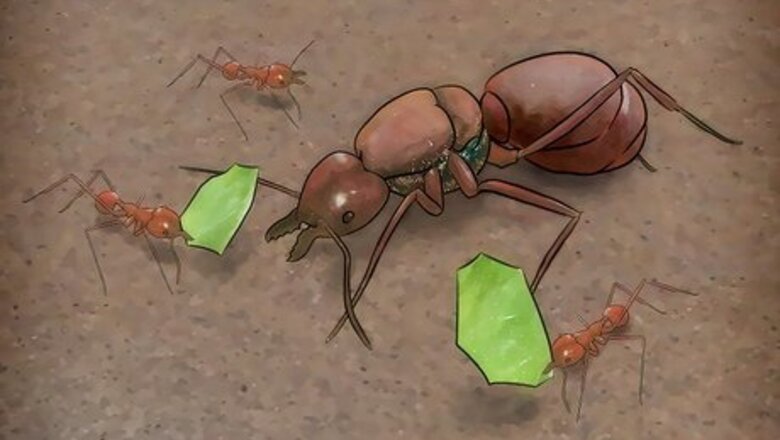
views
Checking an Ant's Appearance

Look at the size of the ant. For many types of ants, queens are much larger than regular worker ants. If you stumble upon an ant that appears unusually large, there's a good chance this is the queen. The ant will be noticeably bigger than the surrounding ants, or other ants you have seen. Think about the type of ants you have as well. With leaf-cutter ants, the queen is particularly likely to be bigger than the worker ants. However, with fire ants and carpenter ants, workers themselves come in many different sizes. This may make it difficult to differentiate between the queen and worker ants based on size alone.
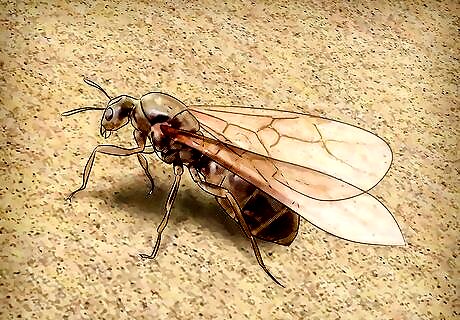
See if there are wings on the ant. In many ant colonies, the queen is born with wings. During many parts of a queen's adult life, she will need to fly to find a new colony for mating. An ant with wings may very well be the queen ant. Some male ants do have wings, but they tend to be slightly less noticeable. The types of male ants that have wings will generally look more slender and wasp like than a queen, who will generally be larger.
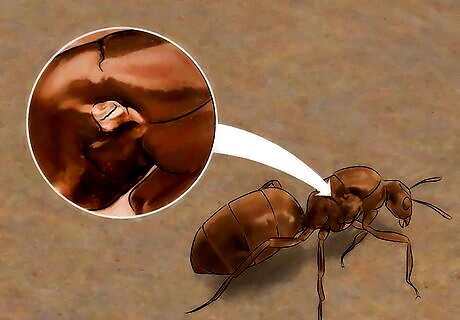
Look for signs the ant has shed its wings. Queens do shed their wings at a certain point in their lifespan. If you lean down and look at the central portion of the ant's body, you may see small bumps jutting from either side of the ant's body. These are wing attachment points, a sign that the ant once had wings. As queens shed their wings, wing attachment points are a good sign you've found the queen.
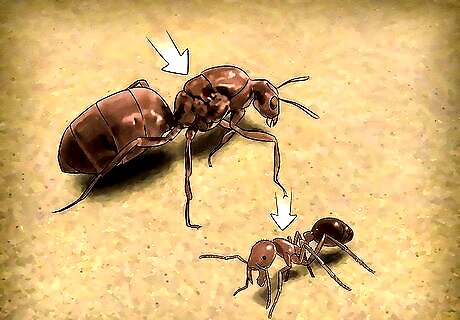
Examine the thorax. The thorax is the part of an ant's body that bridges the neck and abdomen. Queen ants will generally have a larger, bulkier thorax than worker ants. As a queen's thorax once supported wings, it will be much bulkier and more muscular than a worker ant's body. A queen's thorax makes up more than half its body size. This is much larger than the thorax of a regular ant.
Considering Other Factors
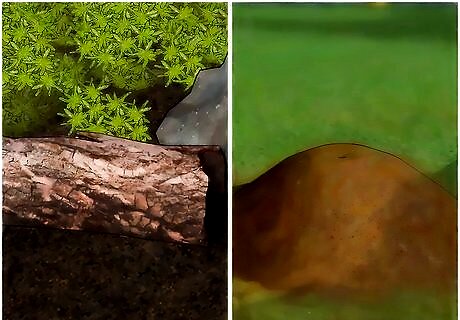
Think about the area where you found the ant. If you're unsure how to identify the queen by appearance alone, consider where you found the ant. Queens tend to be found at the center of an ant's nest. Queens tend to prefer moist areas, commonly found in rotting wood. If you found an ant hiding in a damp area of your home or outside, especially in damp wood, this is more likely to be a queen.
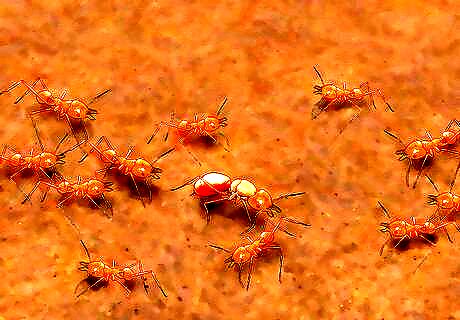
Consider if you have army ants. The vast majority of ant types have larger queens, with bigger thoraxes, who are easily differentiated from worker ants. However, army ants are an exception. Army ants have queens with smaller thoraxes, who look very similar to the ants in this type of ant colony. It may be difficult,to identify the queen when working with these kinds of ants. Army ants are more oval-shaped in appearance than regular ants. They have antennas on their heads, as well as mouth pieces shaped like scissors.
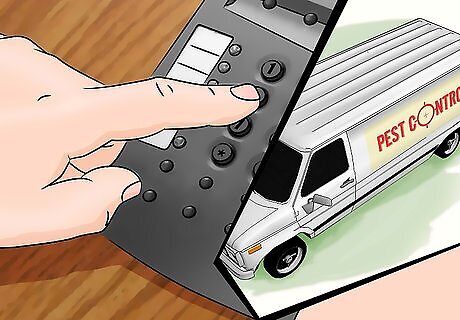
Consult a specialist. If you cannot find the queen, consult a professional exterminator. Ants can be a real problem in your home. If you're unable to discover the queen on your own, or identify the types of ants, look in your yellow pages for an exterminator.
See if the other ants do things for the one you suspect is a queen. They might carry things to her or take orders from her.




















Comments
0 comment